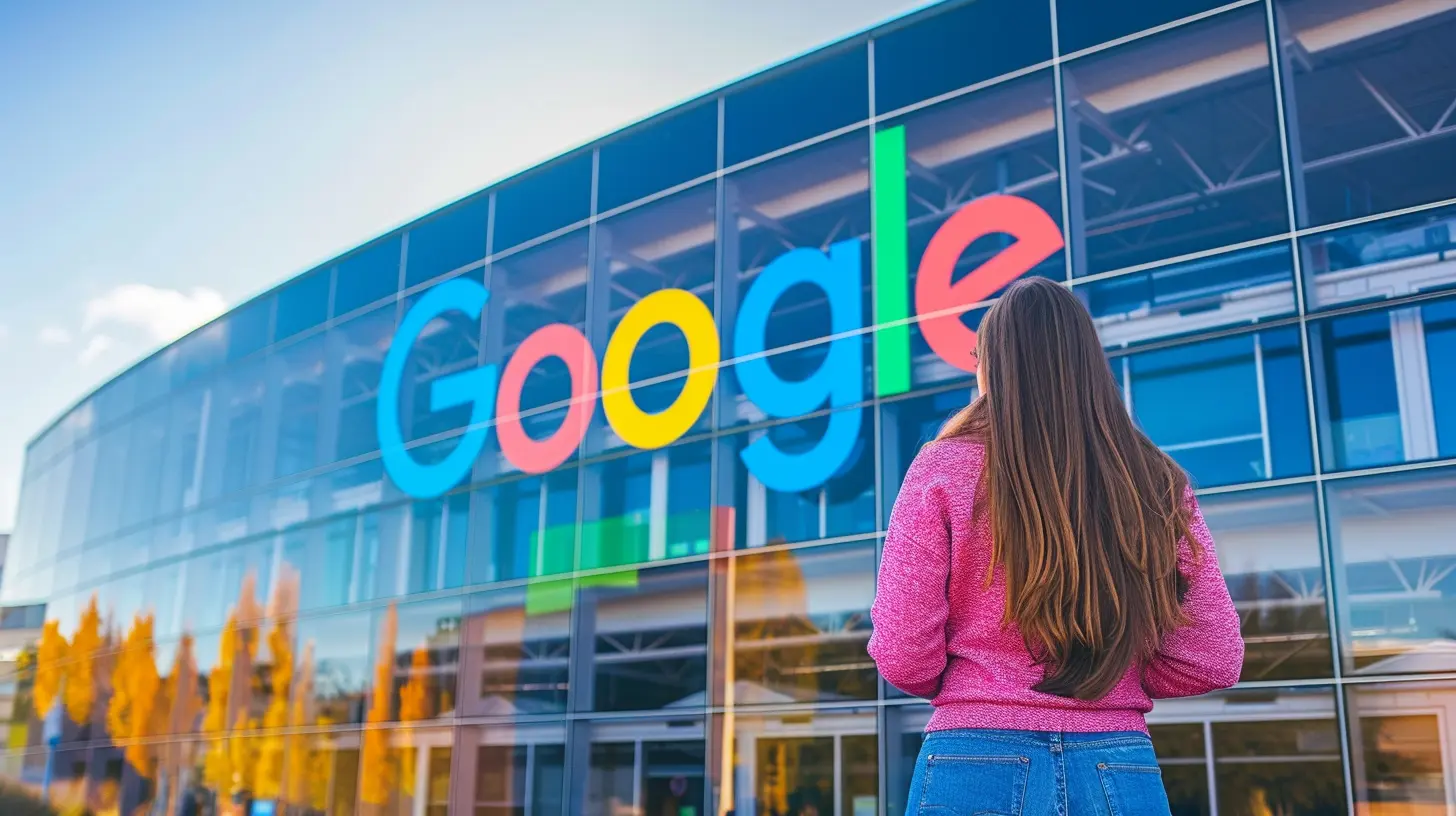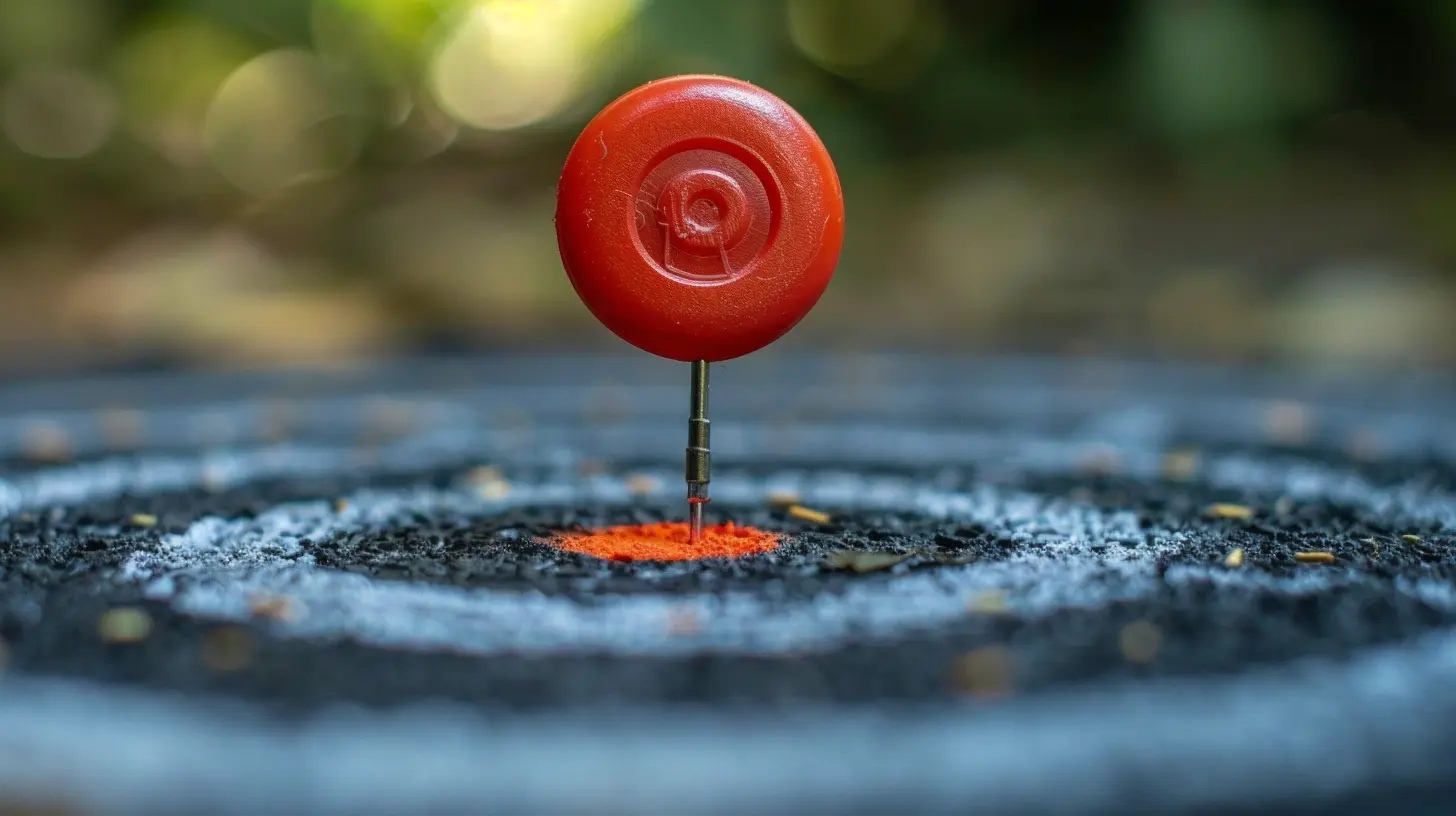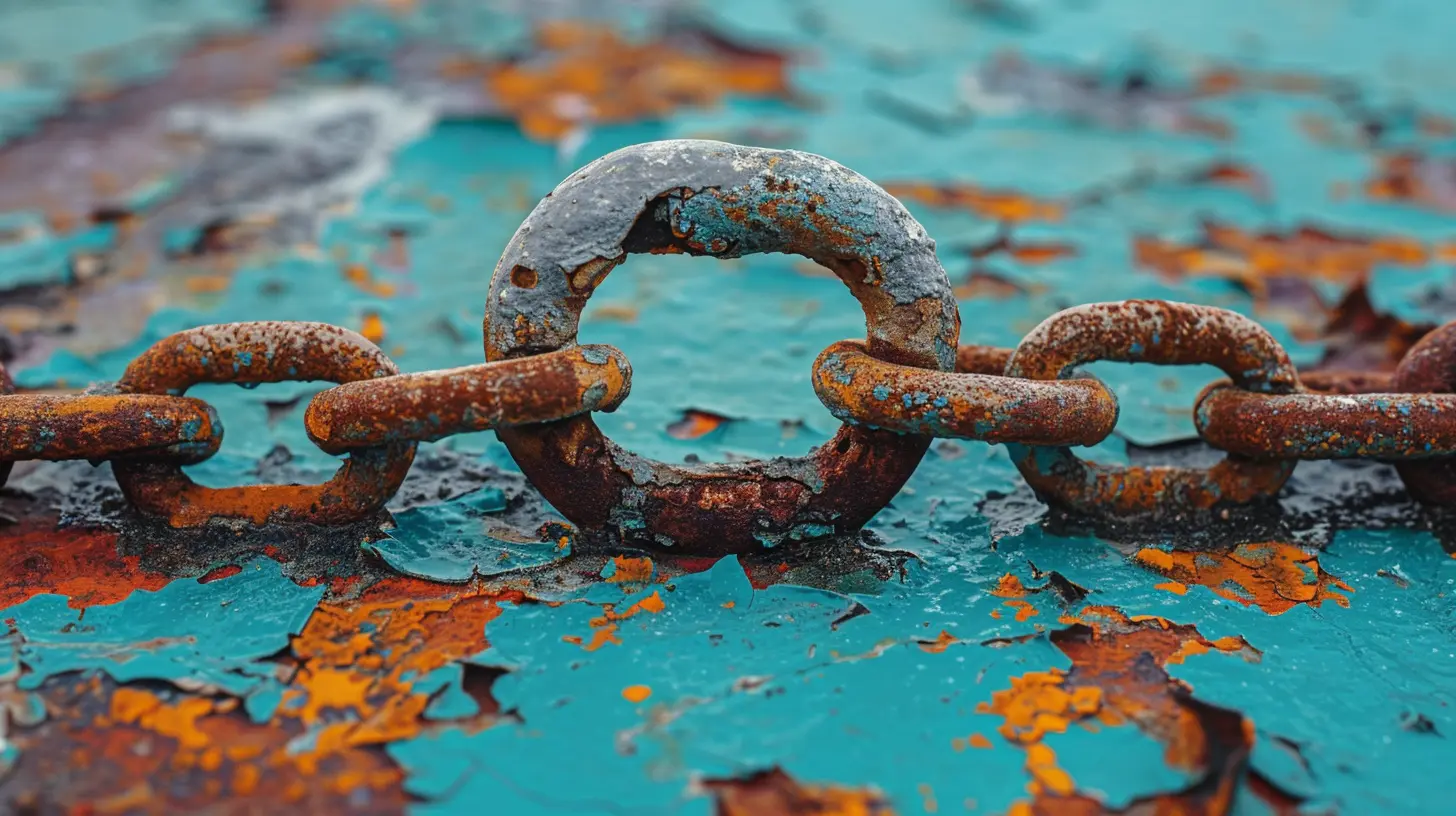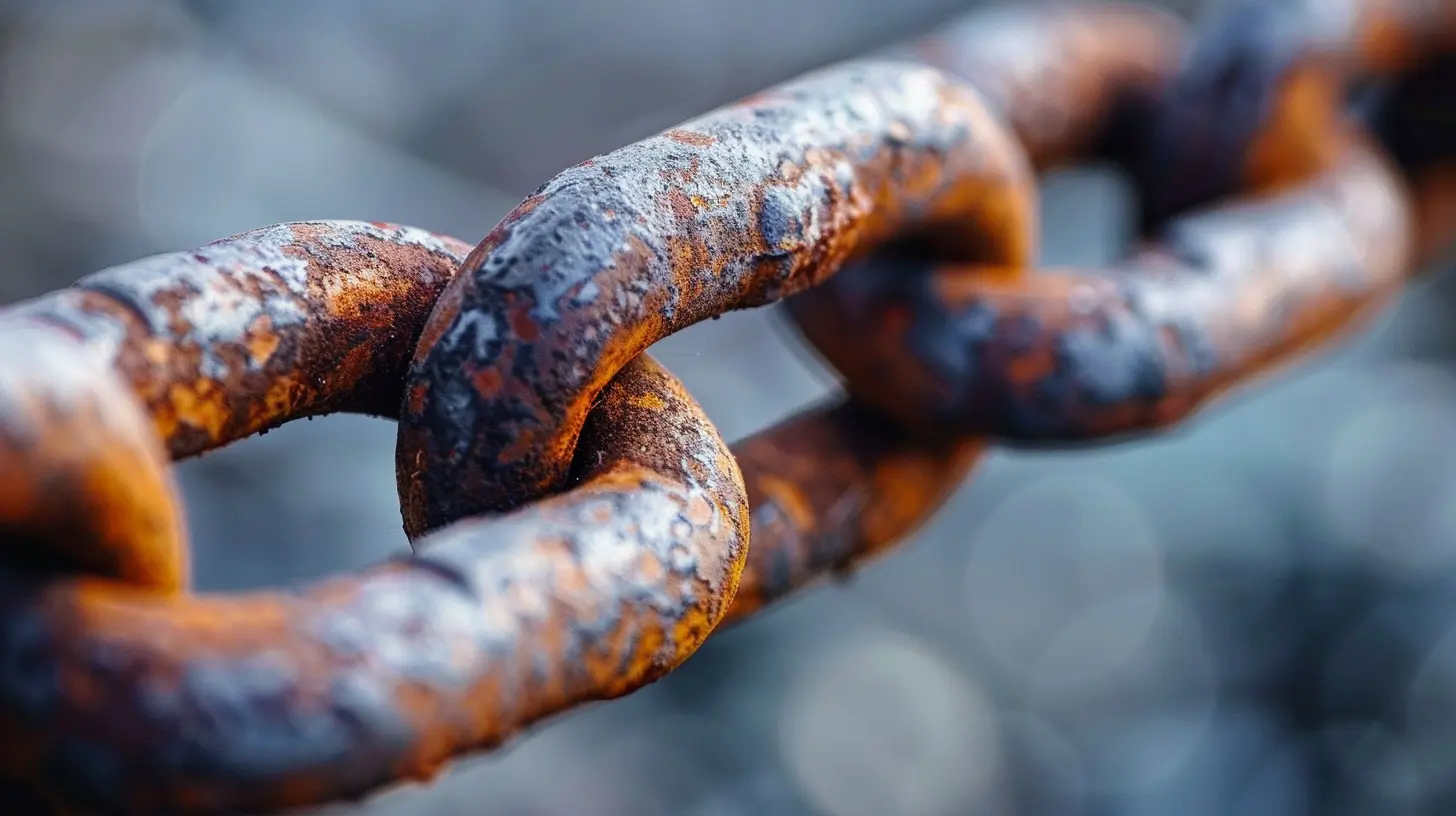How to Recover from a Google Penalty: A Step-by-Step Guide
26 September 2025
So, your website’s traffic has suddenly dropped. Rankings have plummeted overnight. Panic sets in. Sound familiar? If you’re dealing with the dreaded aftermath of a Google penalty, you’re definitely not alone—and the good news is, you can recover.
Whether it’s a manual action or an algorithmic slap from Google, there’s a way back. But let me tell you—it’s not always easy. It’s a bit like trying to win back someone’s trust after a breakup. You need a clear plan, genuine effort, and a little patience.
This guide is here to walk you through every step of the recovery process. No fluff. No jargon. Just solid, actionable advice to get you back in Google’s good graces (and back in the rankings!).
🚨 First Things First: What Is a Google Penalty?
A Google penalty is basically a punishment. Google’s like, “Hey, we saw what you did there… and we’re not okay with it.” It means your website has violated one (or more) of Google’s quality guidelines.There are two main types:
1. Manual Penalty (aka Manual Action)
This one’s delivered by an actual Google employee. It’s the online equivalent of getting pulled over by a cop. You’ll usually get a notification in your Google Search Console.2. Algorithmic Penalty
This one’s sneakier. It happens when Google’s algorithm automatically flags issues—think Penguin (for spammy links) or Panda (for thin content). No official warning. Just... BAM! Your traffic tanks.Alright, now that we're on the same page, let’s talk recovery. 🎯
🕵️ Step 1: Diagnose the Problem
Before you can fix anything, you need to know what caused the penalty. Kinda like taking your car to the mechanic—you can’t fix the engine if you think the problem is with the tires.Check Google Search Console
If it’s a manual action, you’ll see a message under the “Manual Actions” section. It might say something like “Unnatural links to your site” or “Thin content with little or no added value.”Look for Traffic Drops
If there’s no manual action but your traffic took a nosedive, compare the date of the drop to known Google algorithm updates. Tools like SEMrush, Moz, or Ahrefs have update trackers that can help.Look Through Your Backlink Profile
Did you go a little wild with link building? Maybe you hired someone promising “guaranteed rankings” (yikes). Check for spammy or irrelevant backlinks.Review On-Page Content
Google loves quality content. Thin, duplicated, or keyword-stuffed content is a red flag.
🧹 Step 2: Clean Up the Mess
Once you’ve identified what went wrong, it’s time to roll up your sleeves and get to work.Fix 1: Remove or Disavow Bad Links
If you’ve got spammy or unnatural backlinks, start by contacting the site owners and asking them to remove the links. Yeah, it’s tedious—but it shows effort.Can’t get them removed? Use Google’s Disavow Tool. Upload a .txt file listing the bad backlinks and submit it through Search Console.
> Just a heads-up: use the Disavow Tool carefully. It’s powerful but can be risky if misused.
Fix 2: Improve Your Content
Got thin or duplicate content? Beef it up! Add value. Make it useful. Imagine you’re writing for a fifth-grader who wants to understand your topic.Here’s what helps:
- Add original insights
- Use images, videos, or infographics
- Break up text with subheadings and bullet points
- Update outdated information
And, for the love of SEO, avoid keyword stuffing. Google’s smarter than that.
Fix 3: Remove Hidden Text or Cloaking
If you’ve been hiding text or showing different content to users and crawlers (aka cloaking), it’s time to come clean. Remove all sneaky SEO tricks. Google's not falling for them anymore.
🧾 Step 3: Submit A Reconsideration Request (Manual Penalty Only)
If you were hit with a manual penalty, you’ll need to submit a reconsideration request. Think of it like writing an apology letter.Here’s how to do it right:
- Be honest. Admit what you did wrong.
- Explain how you fixed it.
- Describe what you’ll do to prevent future violations.
Make it clear, concise, and sincere. Attach evidence if possible (like a list of links you’ve removed or content you’ve updated).
Then submit it through Google Search Console and... wait.
⏳ Step 4: Wait It Out (The Hardest Part)
Ah yes, the waiting game. It can take days or even weeks to hear back. In the meantime, don’t sit idle.Here’s what you can do:
- Keep publishing high-quality, valuable content
- Promote your site ethically (no black-hat nonsense)
- Continue cleaning up if something’s still off
Trust the process. If your changes were legit and thorough, you’ll be on your way back up the rankings.
📈 Step 5: Monitor Recovery Progress
Don’t assume everything’s perfect once the penalty is lifted. Keep your eyes peeled and your tools handy.Use Google Analytics & Search Console
Track your traffic, impressions, and keyword rankings. Are they moving in the right direction?Keep an Eye on Backlinks
Avoid going back to bad habits. Use Ahrefs or SEMrush to keep your backlink profile squeaky clean.Perform Regular SEO Audits
Treat your website like a car. Regular maintenance keeps it running smoothly.🧠 Prevention Tips: Stay on Google’s Good Side
Recovering is great. But staying penalty-free? Even better.Here’s how to make sure you never have to read this post again:
1. Stick to White-Hat SEO
It might not be flashy. It might not be fast. But it works long-term. Focus on quality over gimmicks.2. Avoid Shady Link-Building Services
If it sounds too good to be true, it probably is. “Thousands of backlinks for $5”? Run.3. Create Valuable, Unique Content
Be helpful. Be real. Don’t regurgitate what’s already on page one of Google.4. Follow Google’s Guidelines
Bookmark the official Google Webmaster Guidelines. They're your SEO rulebook.5. Stay Updated on Algorithm Changes
Google’s constantly evolving. Read SEO blogs, follow industry experts, and keep learning.🚫 Common Penalty Triggers to Avoid
Let’s break down some of the typical reasons websites get penalized:| Reason | What It Means |
|--------------------------------------|---------------------------------------------------------------|
| Unnatural Links | Paid links, spammy directories, or excessive link exchanges |
| Thin or Duplicate Content | Little to no added value or copied from elsewhere |
| Cloaking or Sneaky Redirects | Showing different content to users and search engines |
| Keyword Stuffing | Overusing keywords in an unnatural way |
| User-Generated Spam | Spammy comments or forum posts left by users |
| Hidden Text or Links | White text on white background, hidden links for crawlers |
| Structured Data Abuse | Misleading markup or schema manipulation |
Avoid these like you’d avoid spoilers for your favorite show.
🤔 Final Thoughts: Can You Fully Recover?
Short answer? Yes.Long answer? It depends on how bad the penalty was and how well you clean things up. Websites have bounced back from serious slaps—even de-indexing. So don’t lose hope.
Remember, Google’s not out to get you. It just wants a better experience for users. If you focus on providing genuine value and following ethical SEO practices, you’ll not only recover—but come back even stronger.
So take a deep breath, roll up your sleeves, and start fixing. You’ve got this.
all images in this post were generated using AI tools
Category:
SeoAuthor:

Amara Acevedo
Discussion
rate this article
1 comments
Sable Harris
Great insights! Recovering from a Google penalty can be daunting, but with a clear plan and persistence, you can emerge stronger. Keep pushing forward—your hard work will pay off!
October 2, 2025 at 2:40 AM

Amara Acevedo
Thank you! Your encouragement means a lot. With determination and a solid strategy, recovery is absolutely possible!


